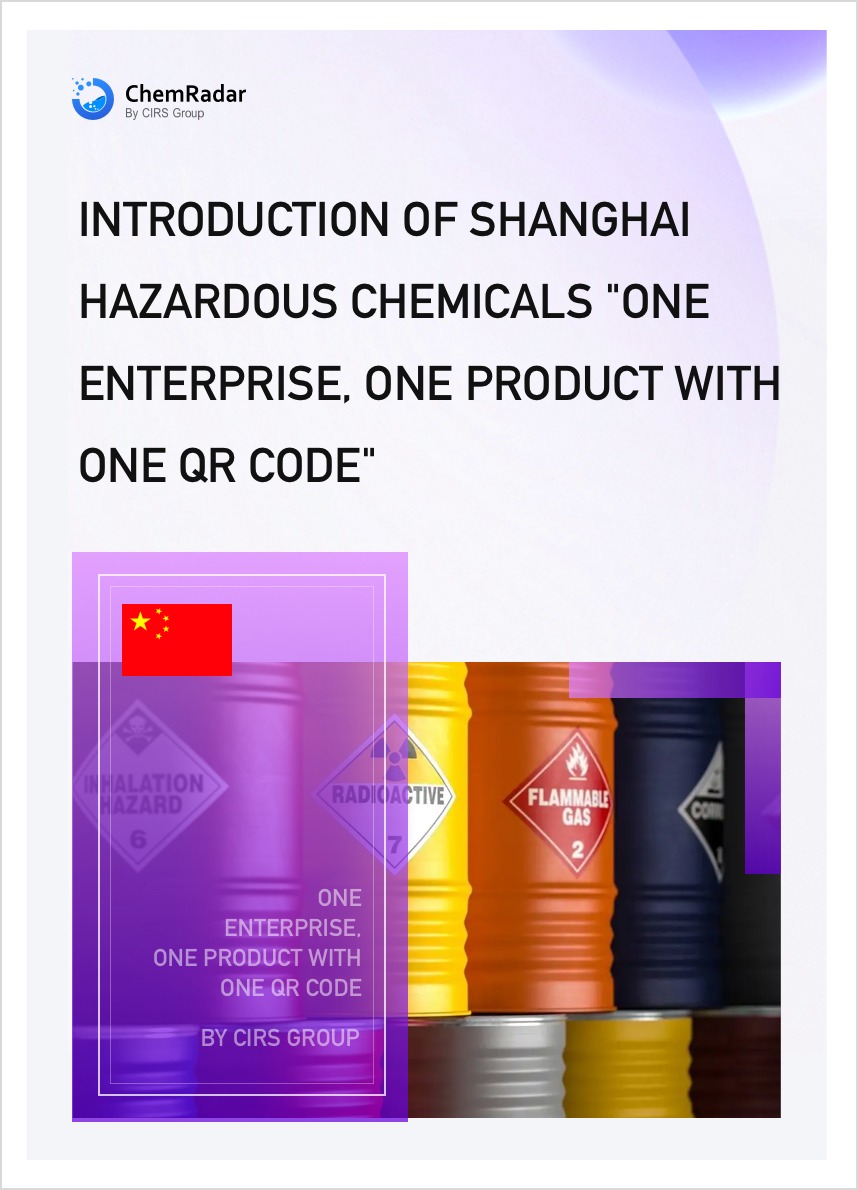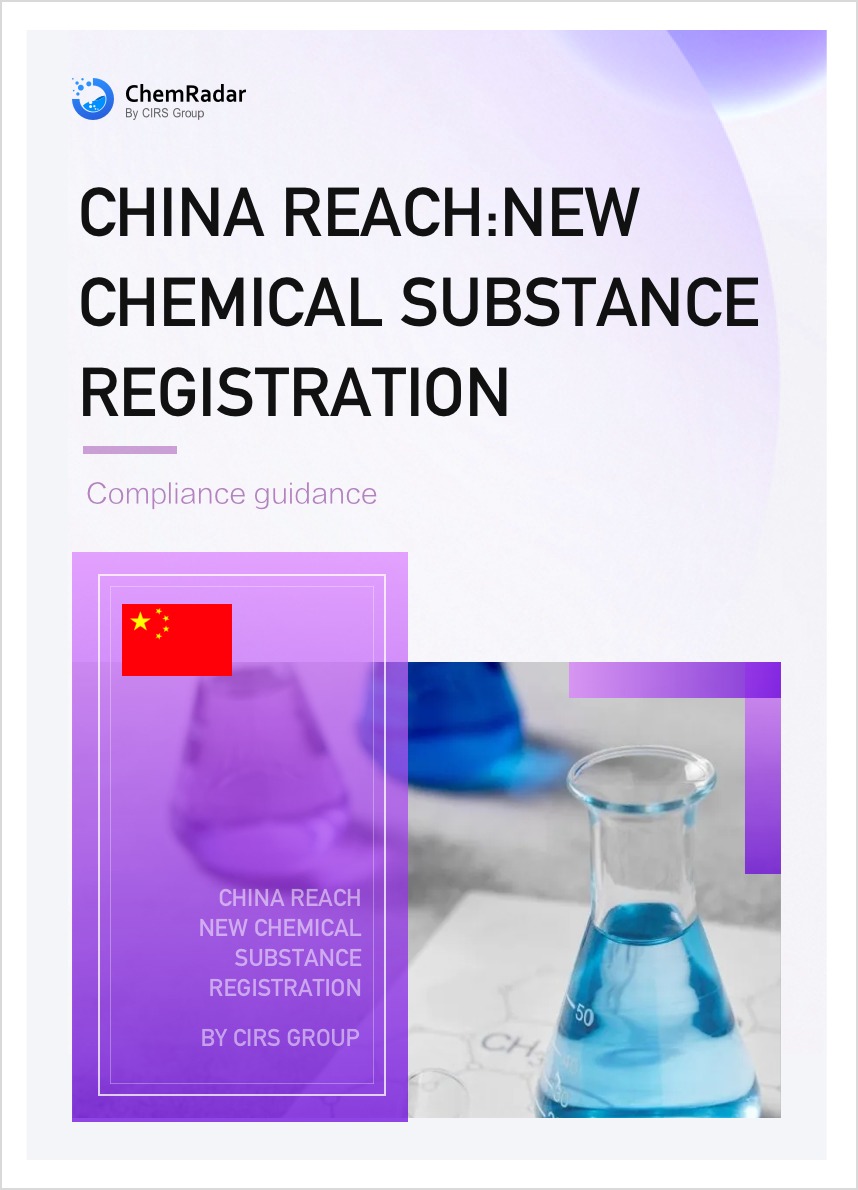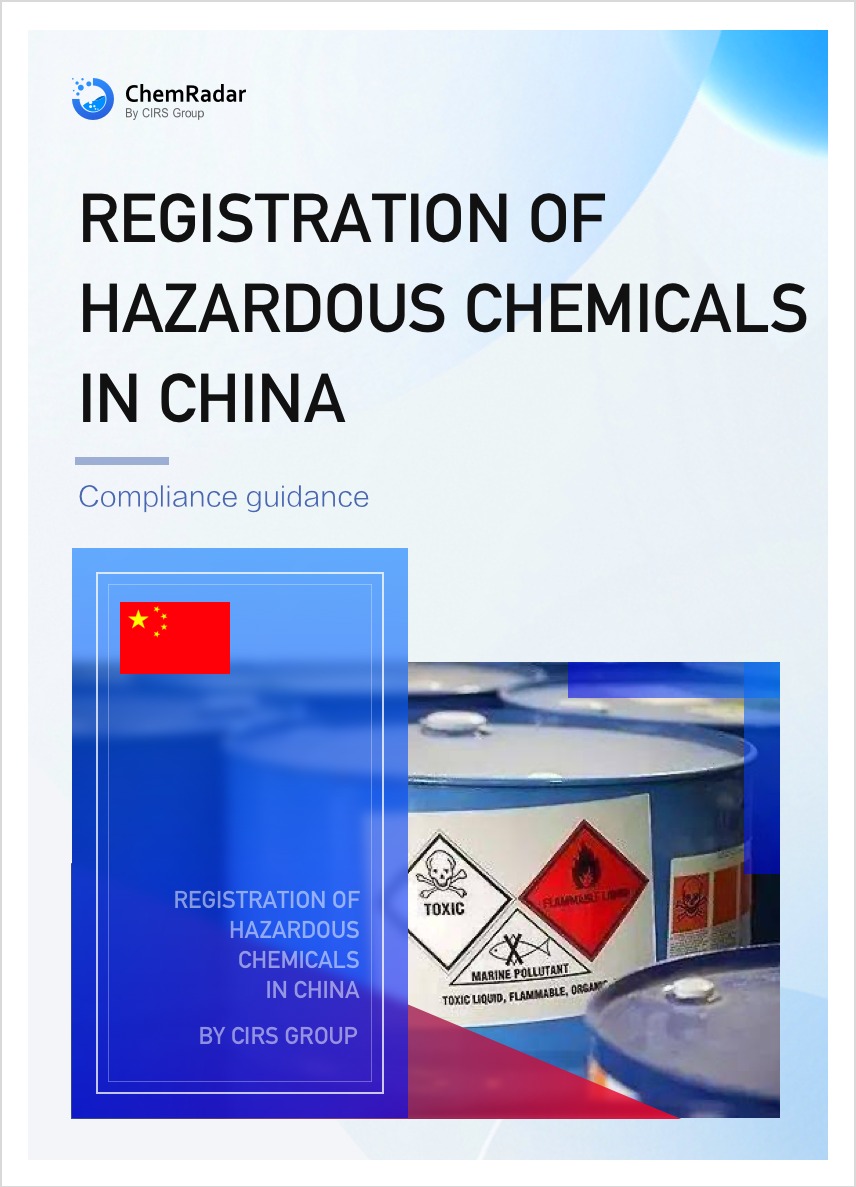Aquatic ecotoxicity tests for chemicals and pesticides include acute toxicity tests and chronic toxicity tests, which indicate the short-term and long-term harmful effects of exogenous substances on aquatic organisms (algae, daphnia and fish). Short-term effect generally refers to mortality, activity inhibition rate, growth inhibition rate, etc. Long-term effect generally refers to growth rate and reproduction rate. It is of great significance to select the appropriate aquatic ecotoxicity test (static test, semi-static test and flow-through test) and test objects based on their characteristics and regulatory requirements. Test reports shall also be rigorously reviewed to ensure its compliance.

Selection of static, semi-static and flow-through test
Generally speaking, ecological toxicity tests require the concentration of test substances to remain relatively stable in the test system (measured concentration remains within ±20% of prepared concentration or initial measured concentration). If test substances are relatively stable, a static test (solutions remain unchanged throughout the duration of the test) should be conducted in toxicity exposure test. Otherwise, semi-static test (test solution will be renewed after regular period) or flow-through test shall be conducted. In semi-static test, test solutions will be renewed every 24 hours. Unstable test substances with solubility, volatility, and photolysis, if its half-life is less than 24h, requires the performance of flow-through test. In a flow-through test, the solution of test substances is consistently renewed through the test container at a constant rate and concentration in the test medium. However, a flow-through test demands a higher level of laboratory equipment and incurs greater costs.
Algae
Chlorophyta is the optimal option. Generally speaking, OECD TG 201, Alga, Growth Inhibition Test, requires at least five concentrations, arranged in a geometric series with a factor not exceeding 3.2. The limit test may be performed at 100mg/L. The 72h-ErC50 is the preferred option for hazard assessment and risk assessment. Substances with low solubility may require the use of dispersing agent or low toxicity organic solvent, but surfactants are not permitted. In general, static method is the optimal choice.
Daphnia
Daphnia magna straus is the optimal option. Daphnia sp. Acute Immonilisation Test (OECD TG 202) requires at least five concentrations, arranged in a geometric series with a separation factor preferably not exceeding 2.2. Daphnia magna Reproduction Test (OECD TG 211) requires at least five test concentrations, and arranged in a geometric series with a separation factor preferably not exceeding 3.2. The choice between static, semi-static and flow-through test for acute toxicity depends on the property of target substances. Generally speaking, semi-static and flow-through test may be chosen for chronic toxicity test.
Fish
Cyprinidae(warm water), carp(warm water), oncorhynchus mykiss(cold water) and gobiocypris raus(warm water) may be selected. Generally speaking, Fish, Acute Toxicity Test (OECD TG 203) requires at least five concentrations, arranged in a geometric series with a factor not exceeding 2.2. Gobiocypris rarus is the optimal option for new chemical substance registration in China. Pesticides and biocides test requires at least one cold fish species(such as oncorhynchus mykiss) and one warm fish species(such as cyprinidae, oryzias latipes).
Chronic toxicity usually requires at least five concentrations, arranged in a geometric series with a factor not exceeding 3.2. Pesticides are required to conduct Fish early-life stage toxicity test(OECD TG 210) and fish life-cycle test may also be required under specific circumstances. Fish early-life stage toxicity test (OECD TG210) or Fish, juvenile growth test (OECD TG215) is recommended when making new chemical substance registrations in China.
The choice between a static, semi-static, or flow-through test for acute toxicity in fish depends on the properties of target substances. Generally, semi-static and flow-through tests are chosen for chronic toxicity.
Matters needing attention
- Substances with low water solubility shall perform solubility test in the pre-test phase to ensure the test sample reaches its maximum solubility.
- Laboratories shall conduct concentration analysis on test substances, calculate their theoretical concentration, and test the measured concentration of test substances in the test solution at different theoretical concentrations at the beginning of the experiment, before and after each solution replacement, and at the end of the experiment.




